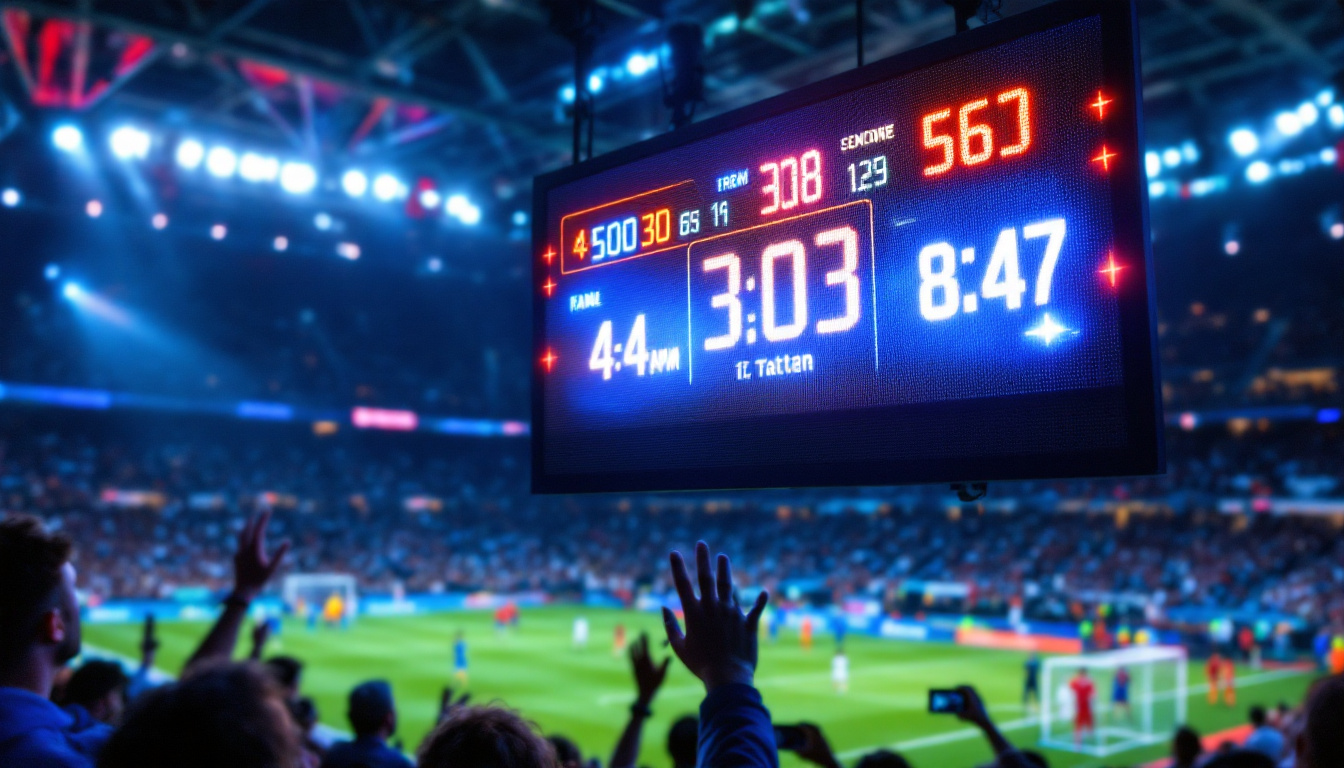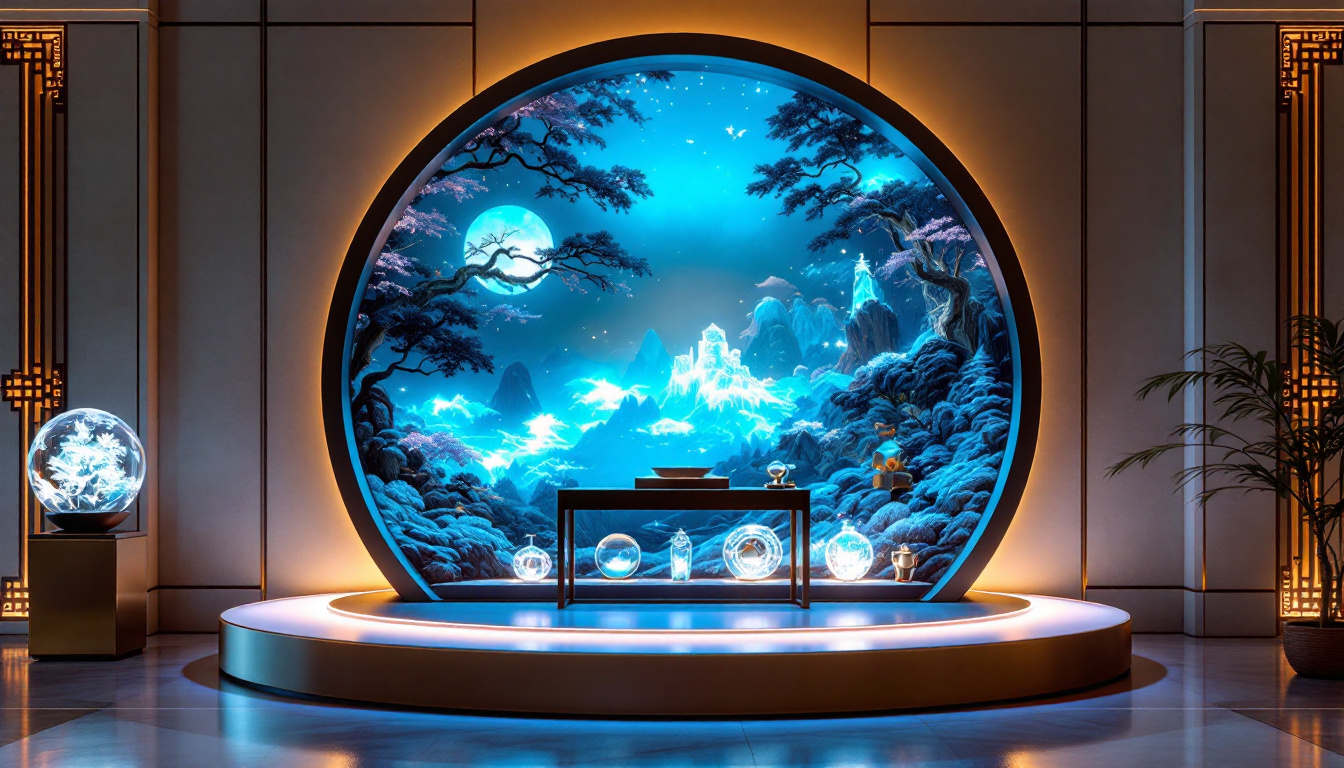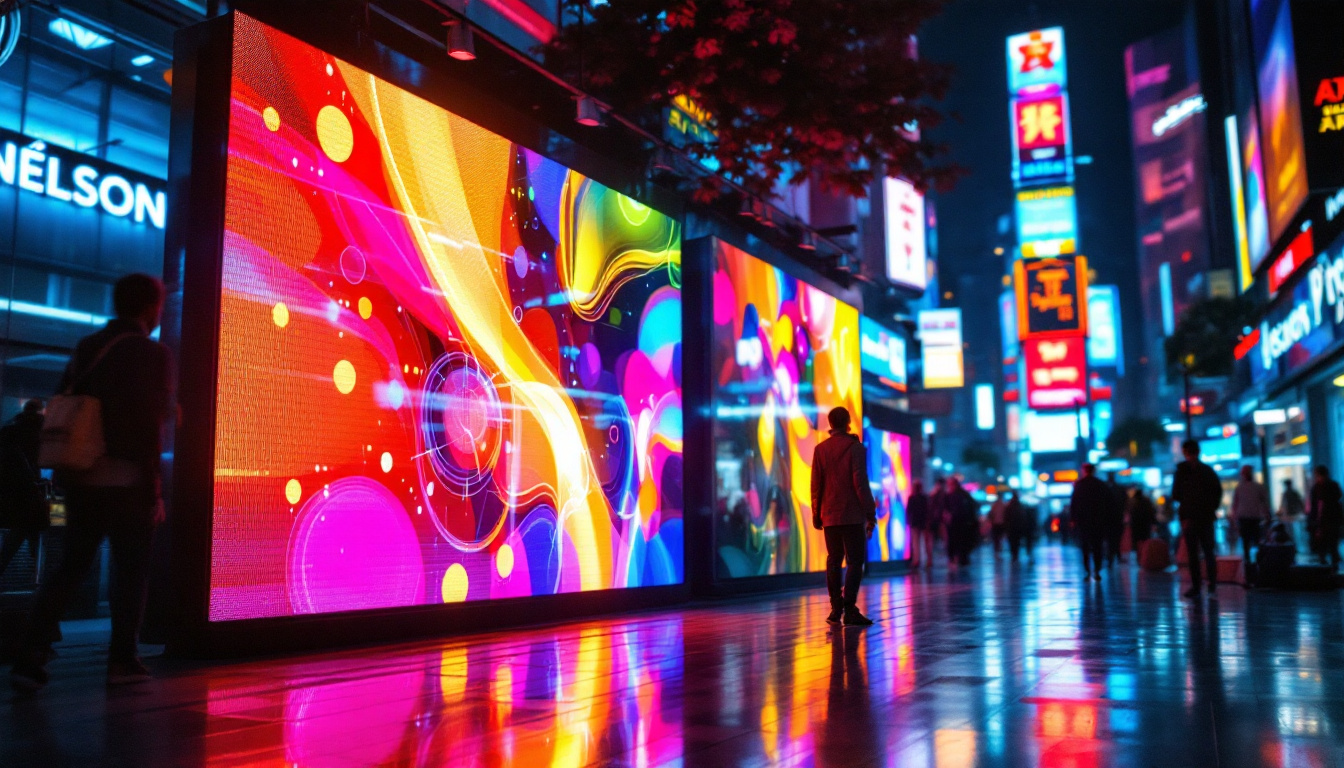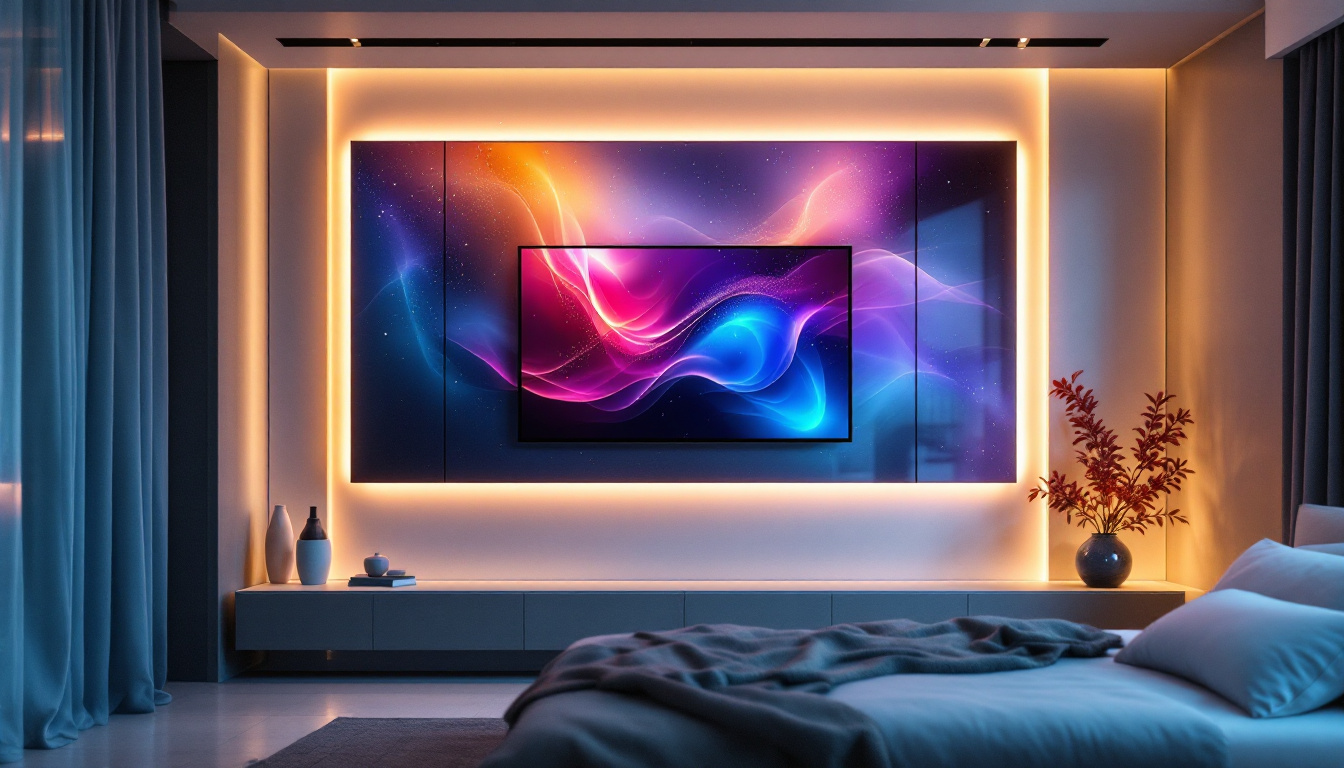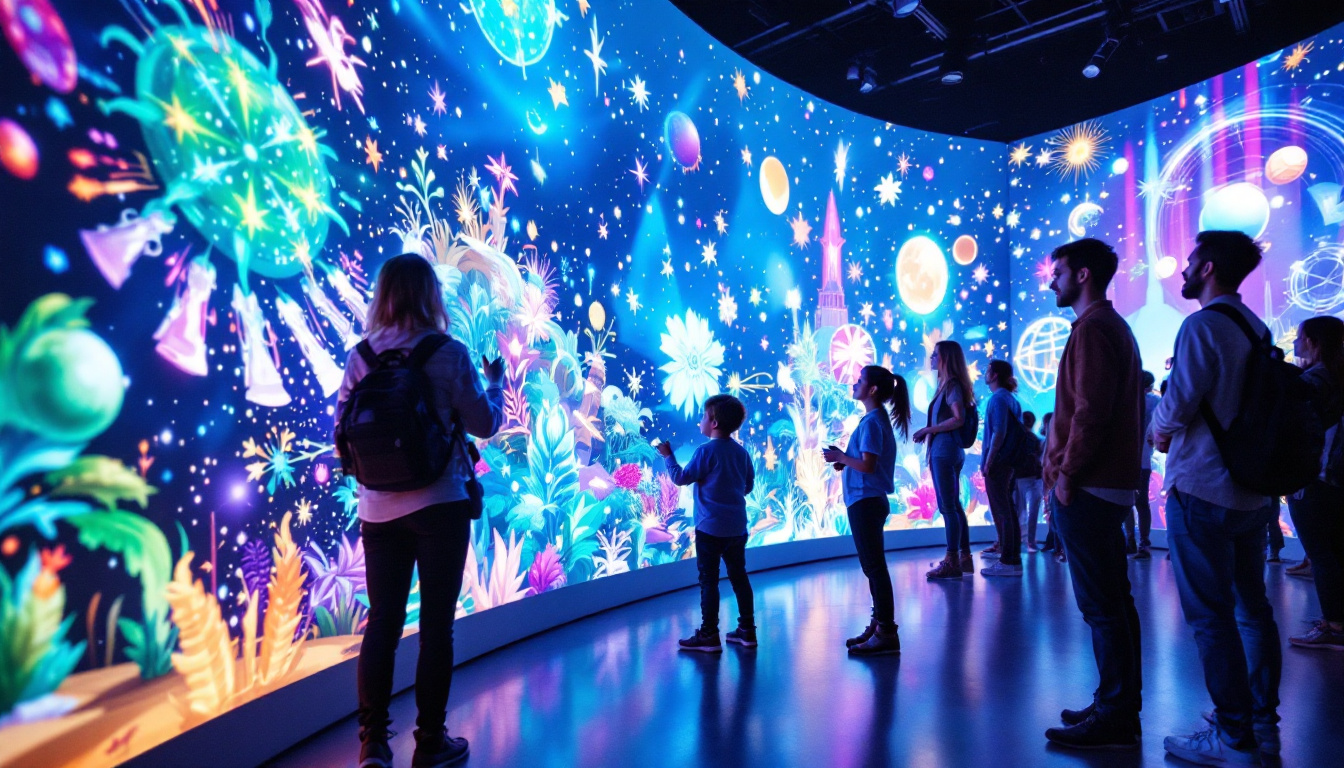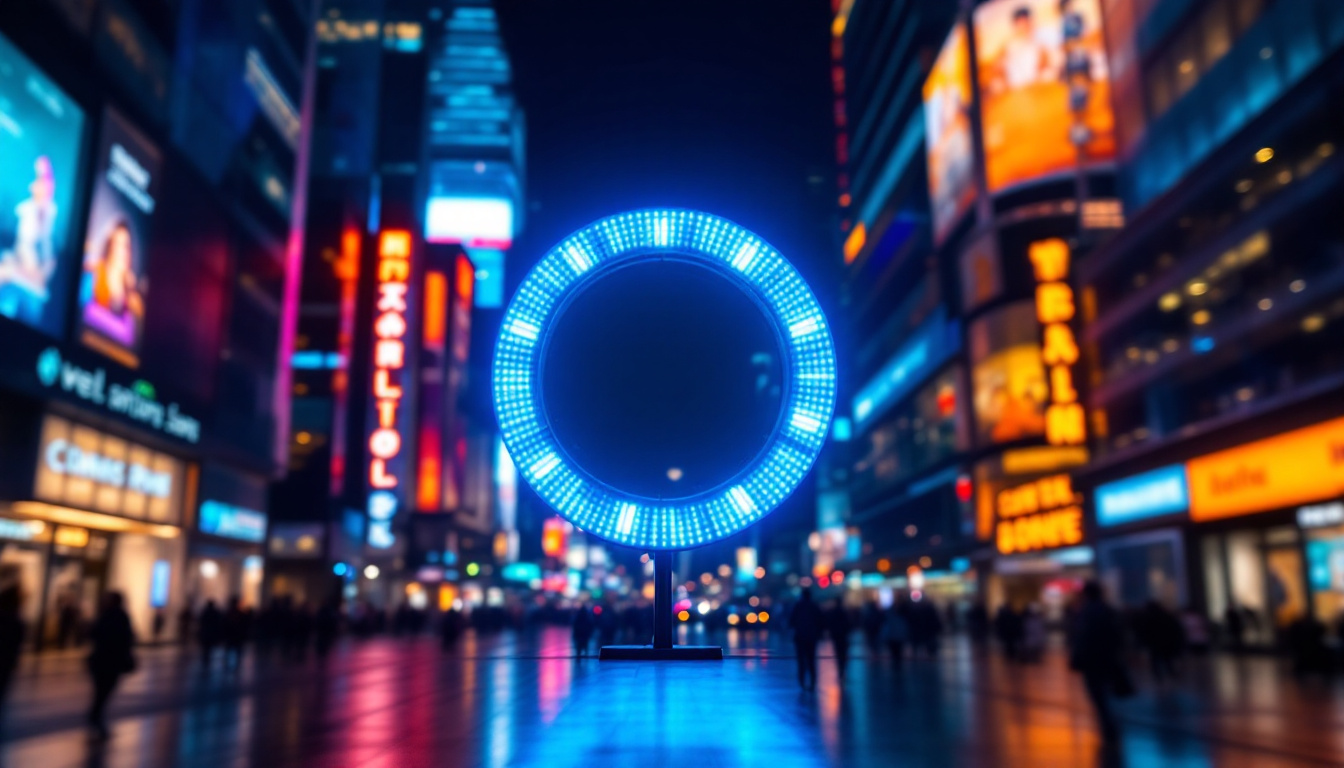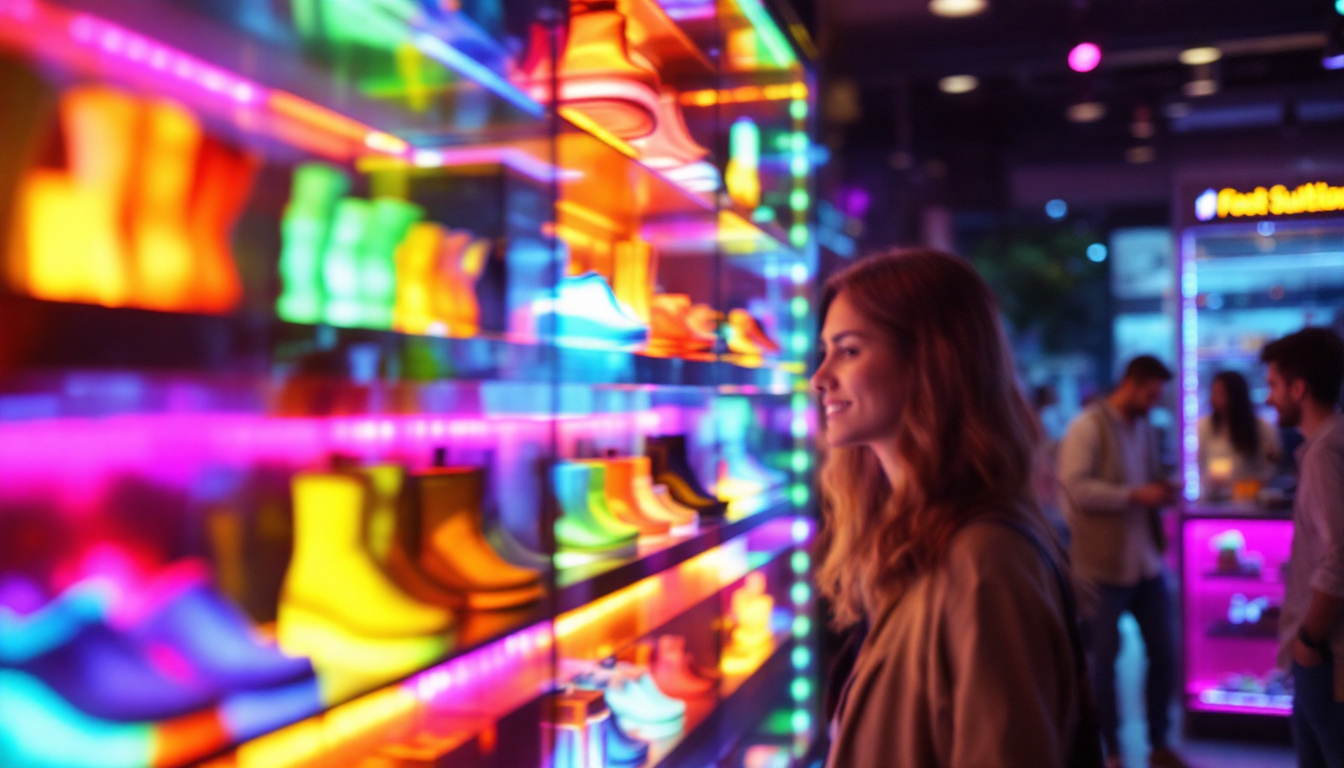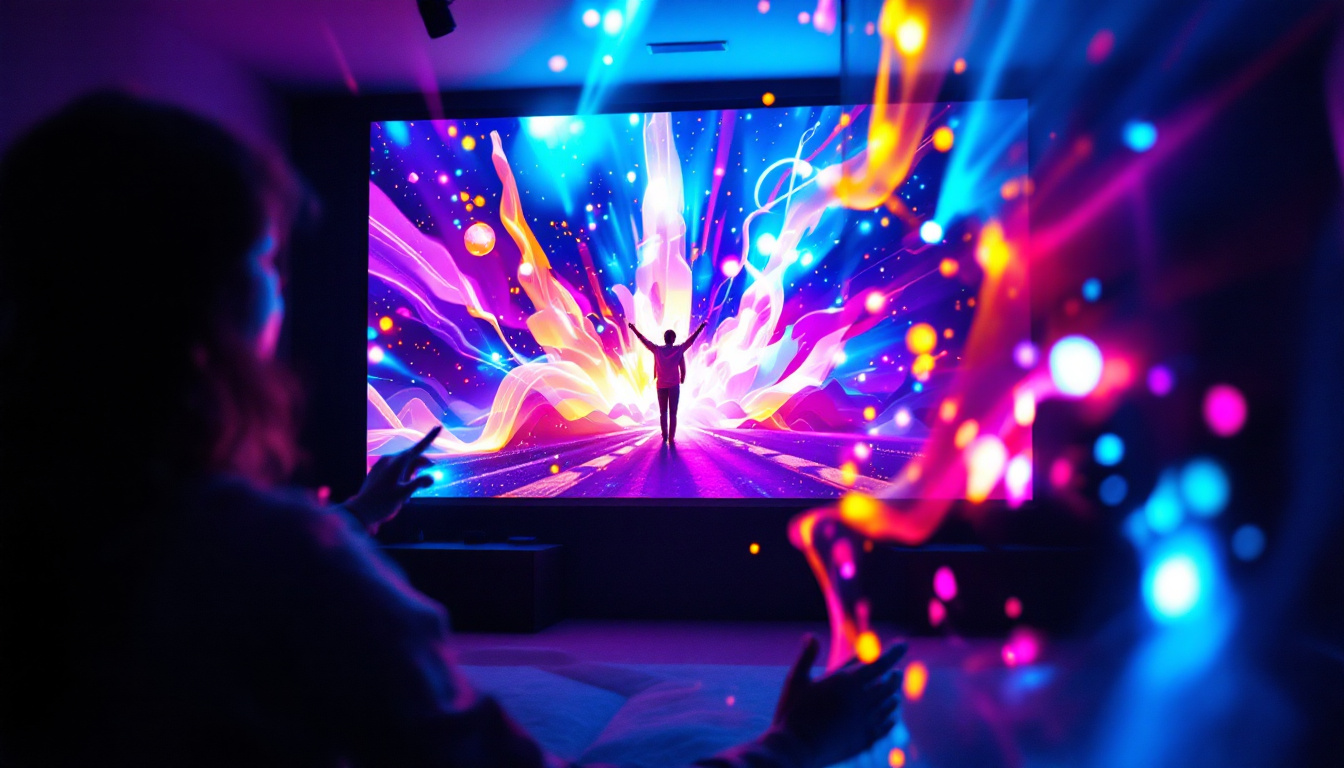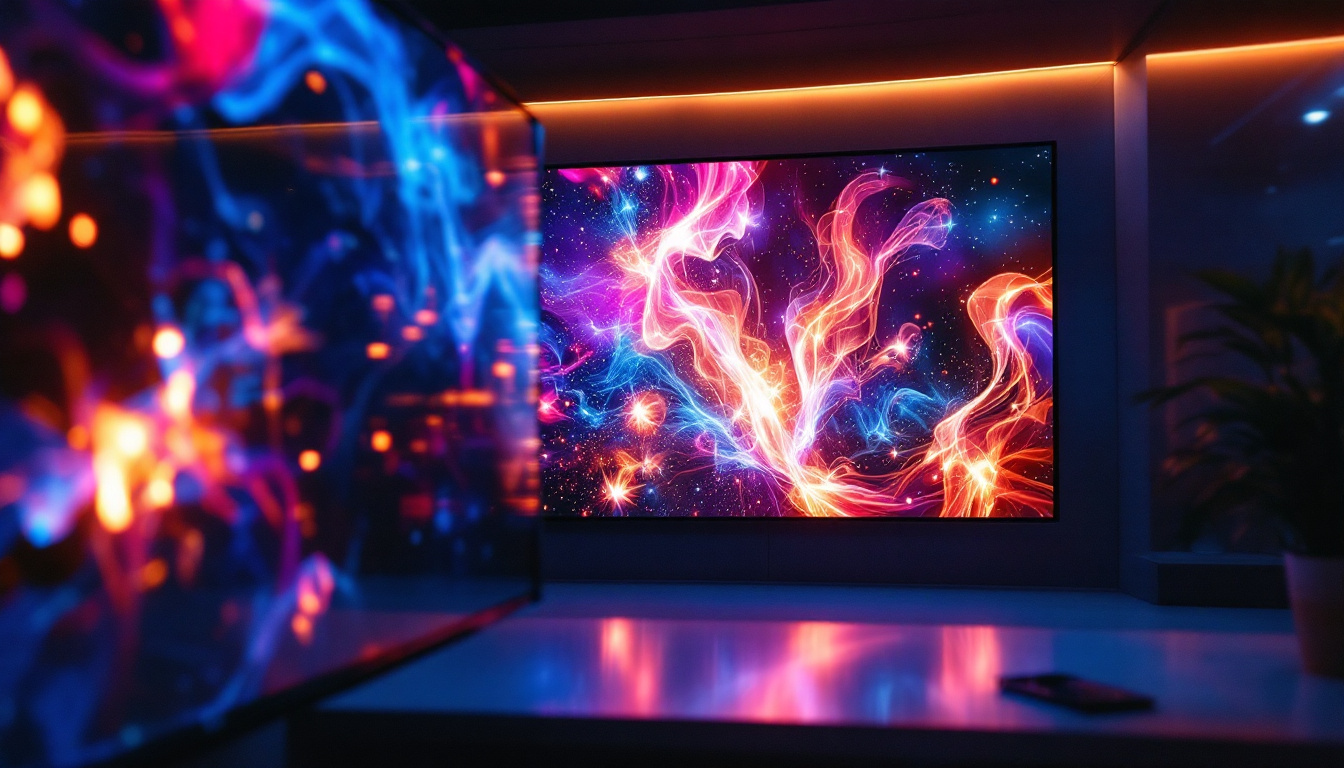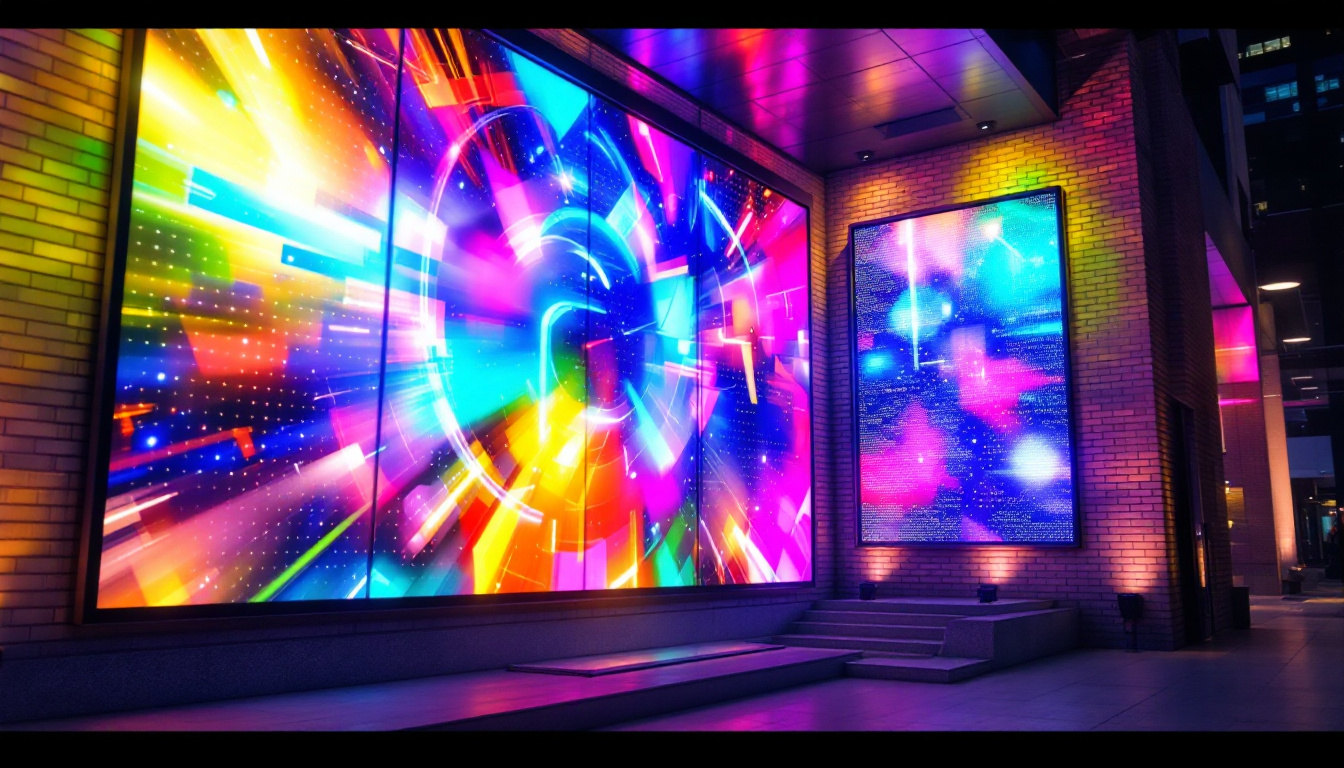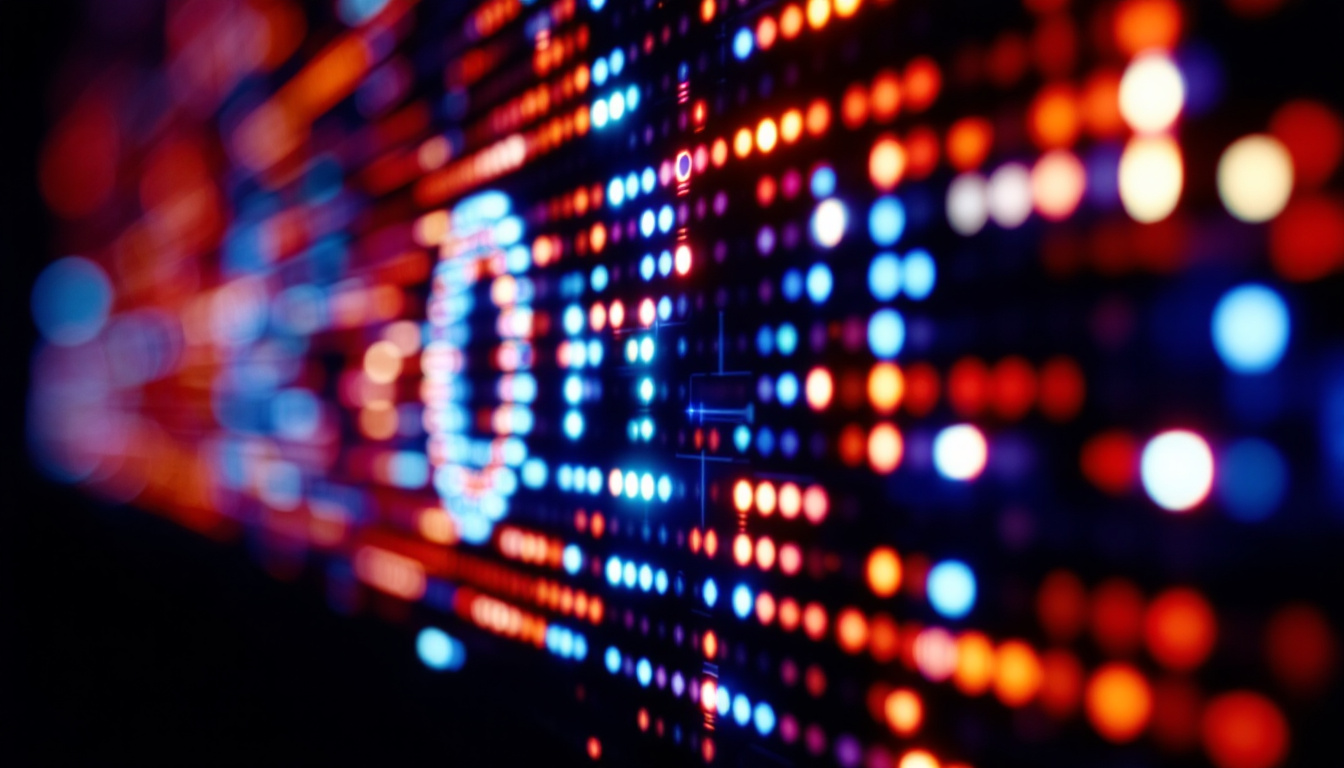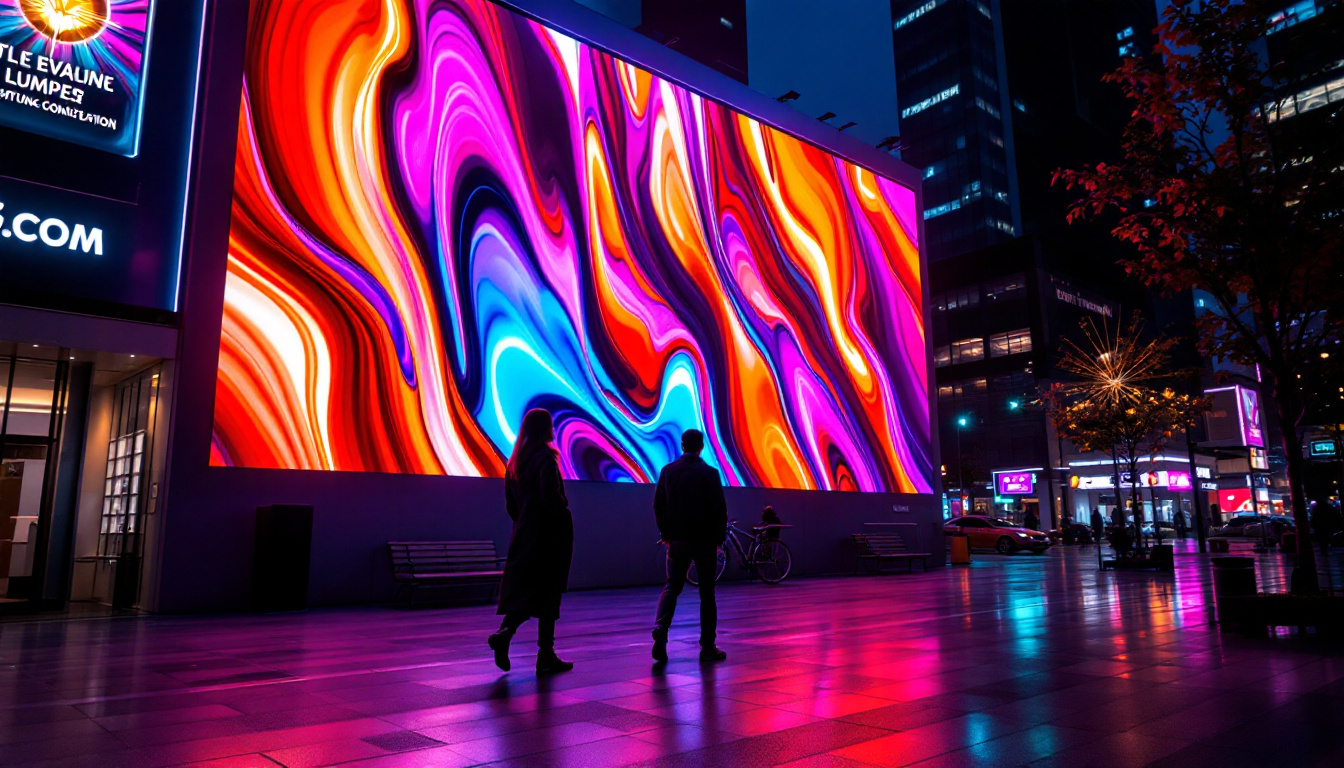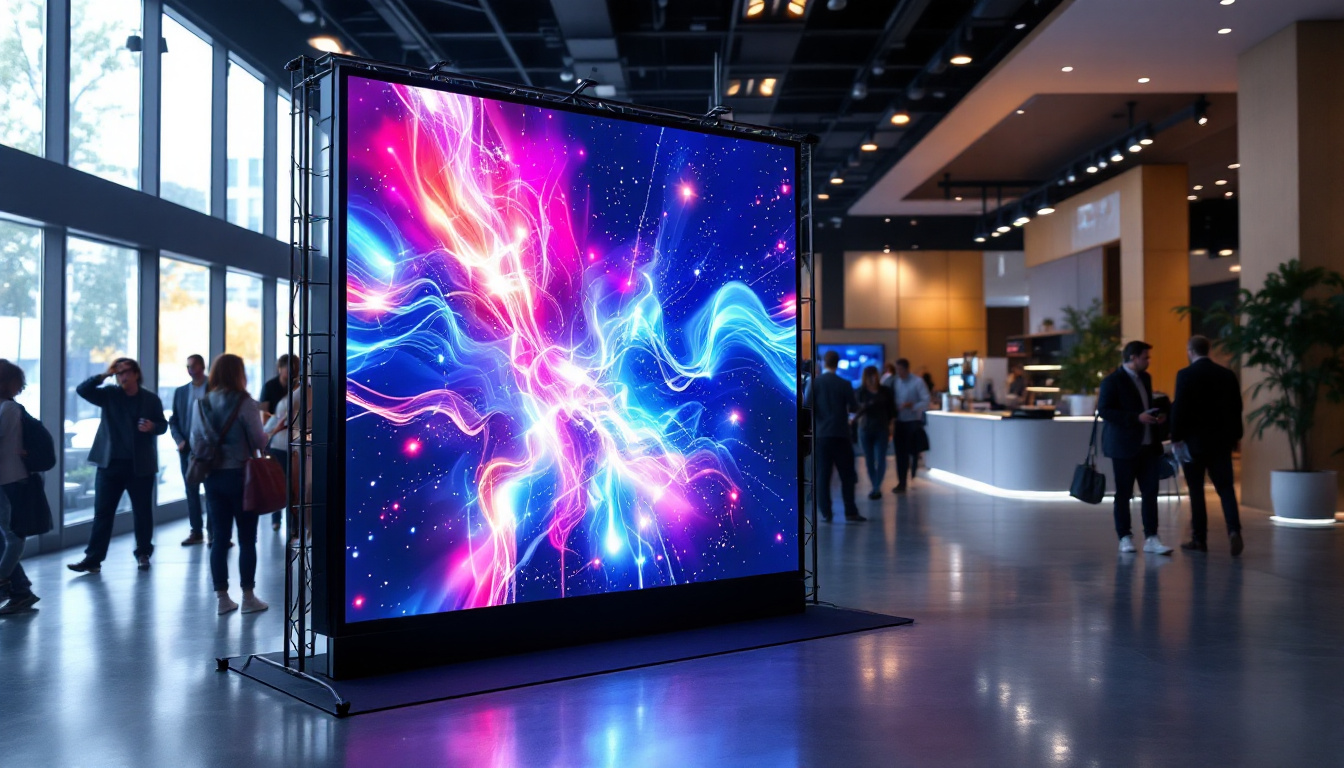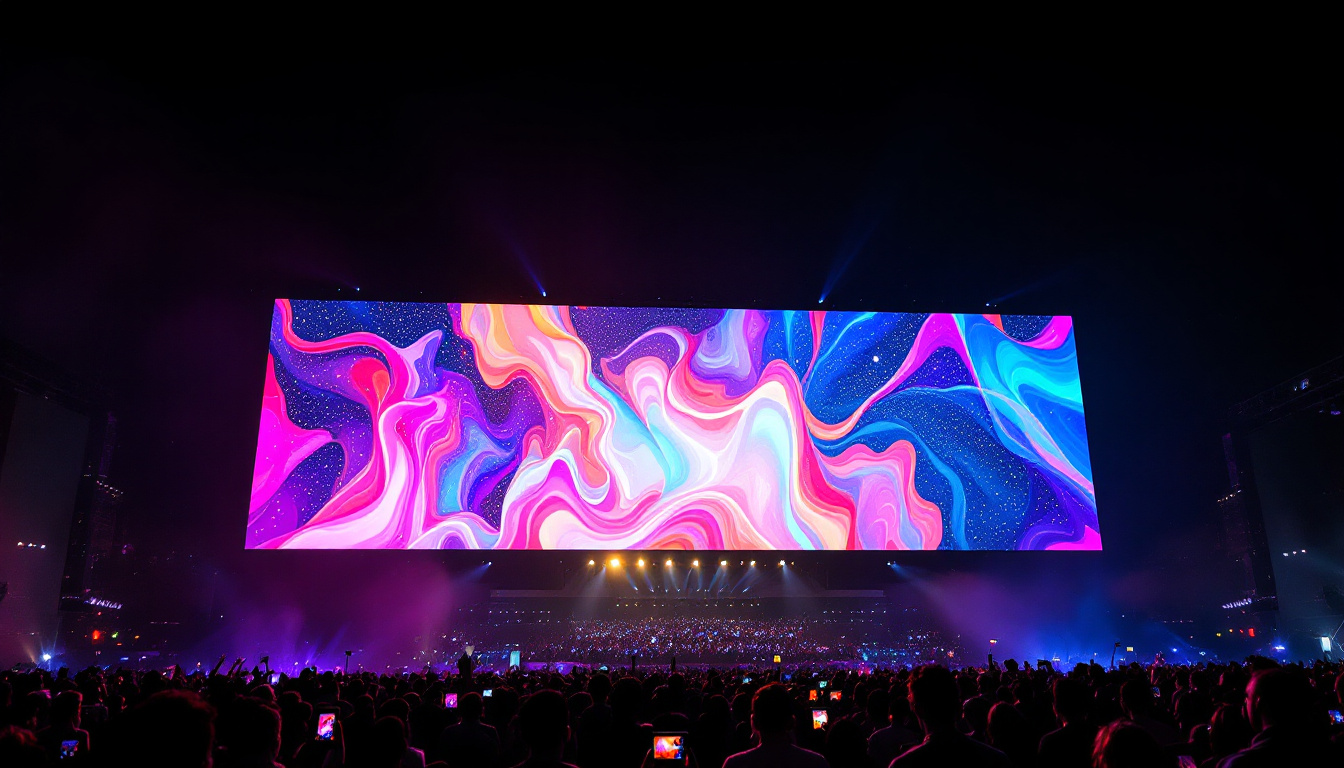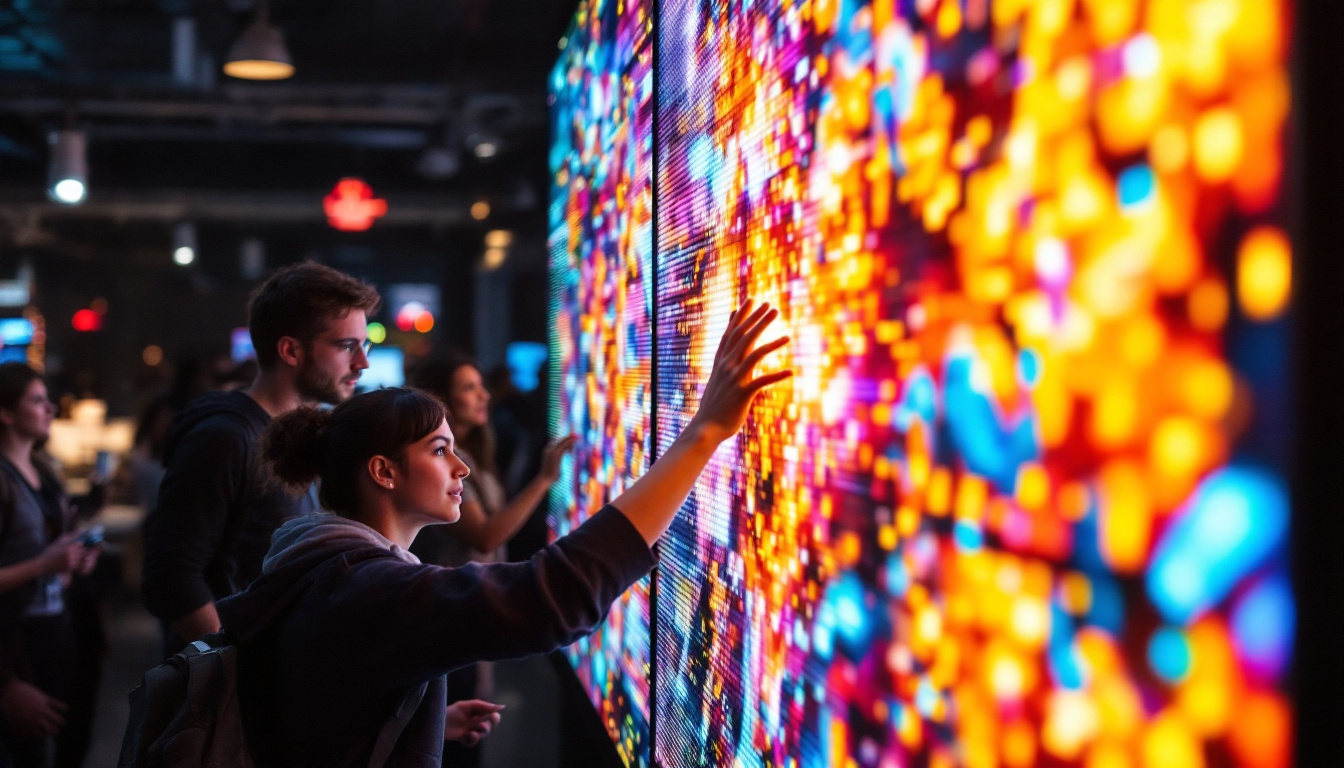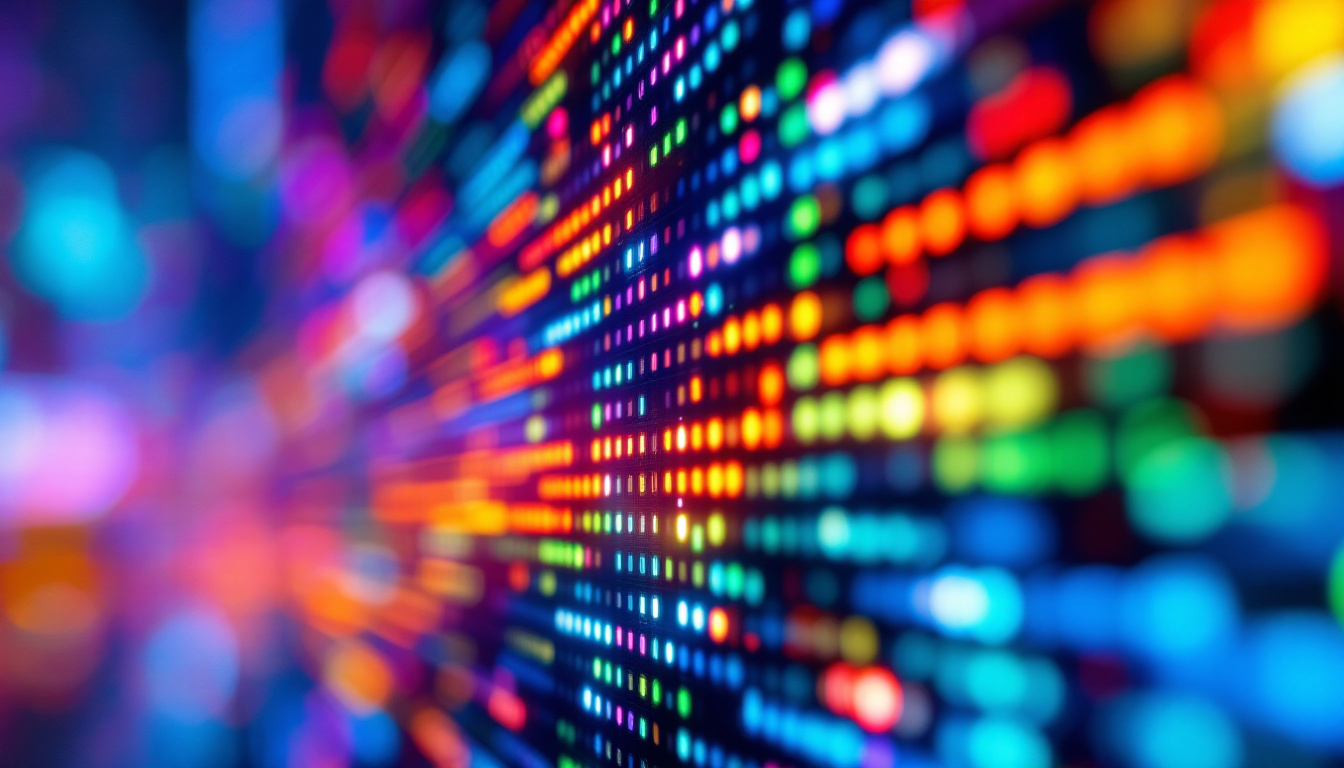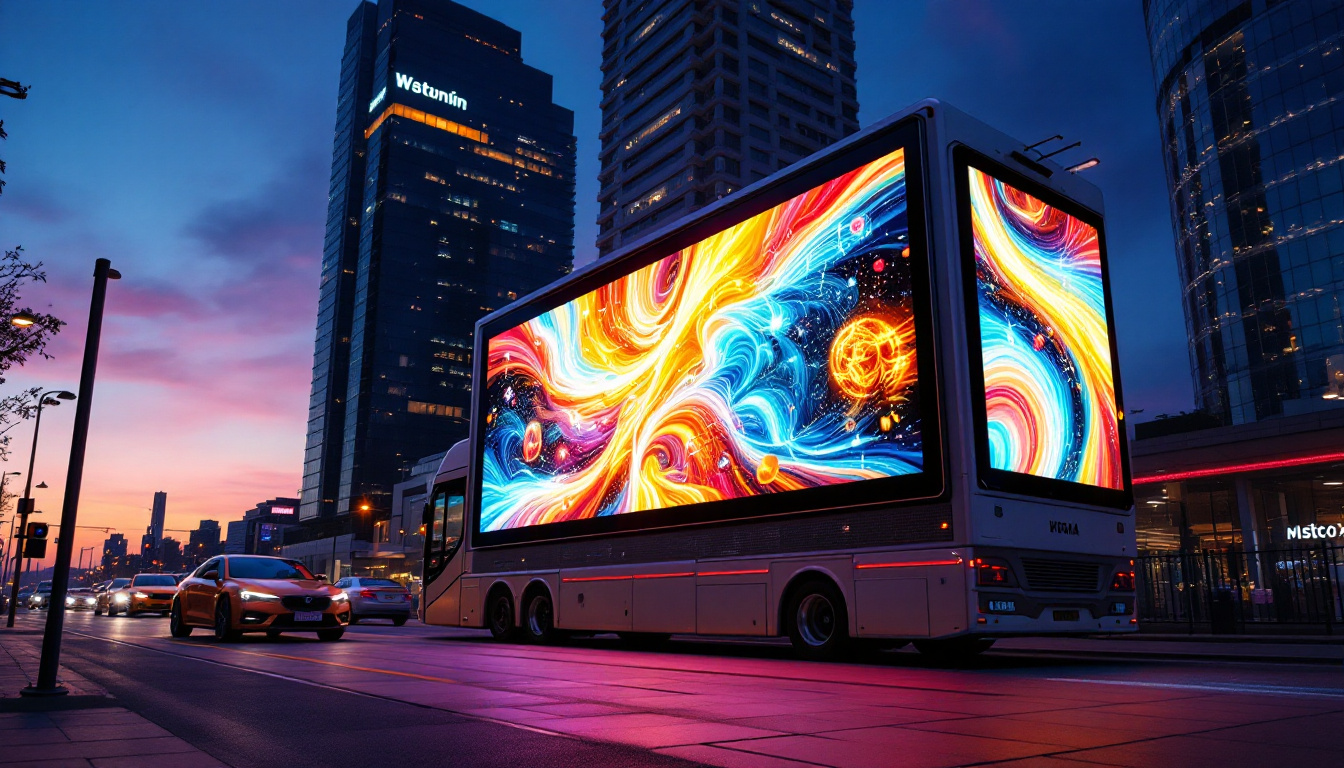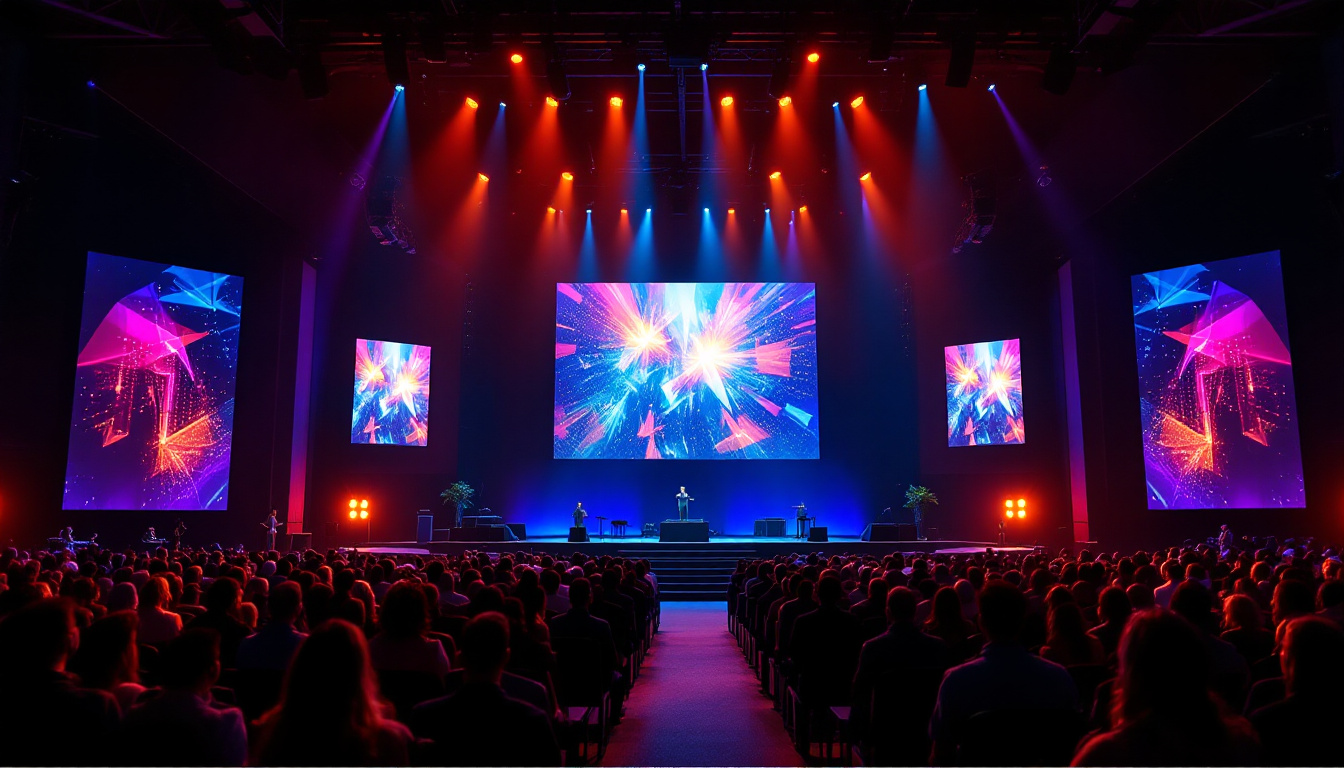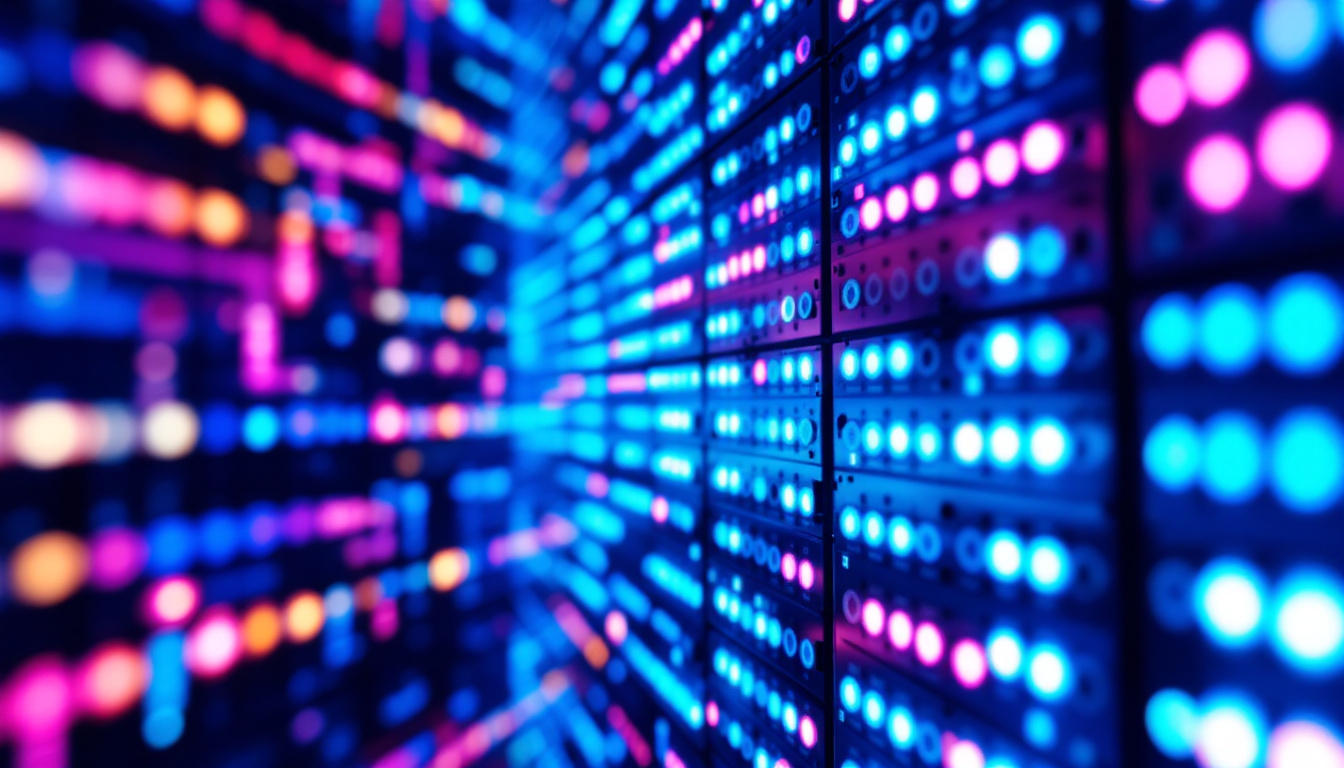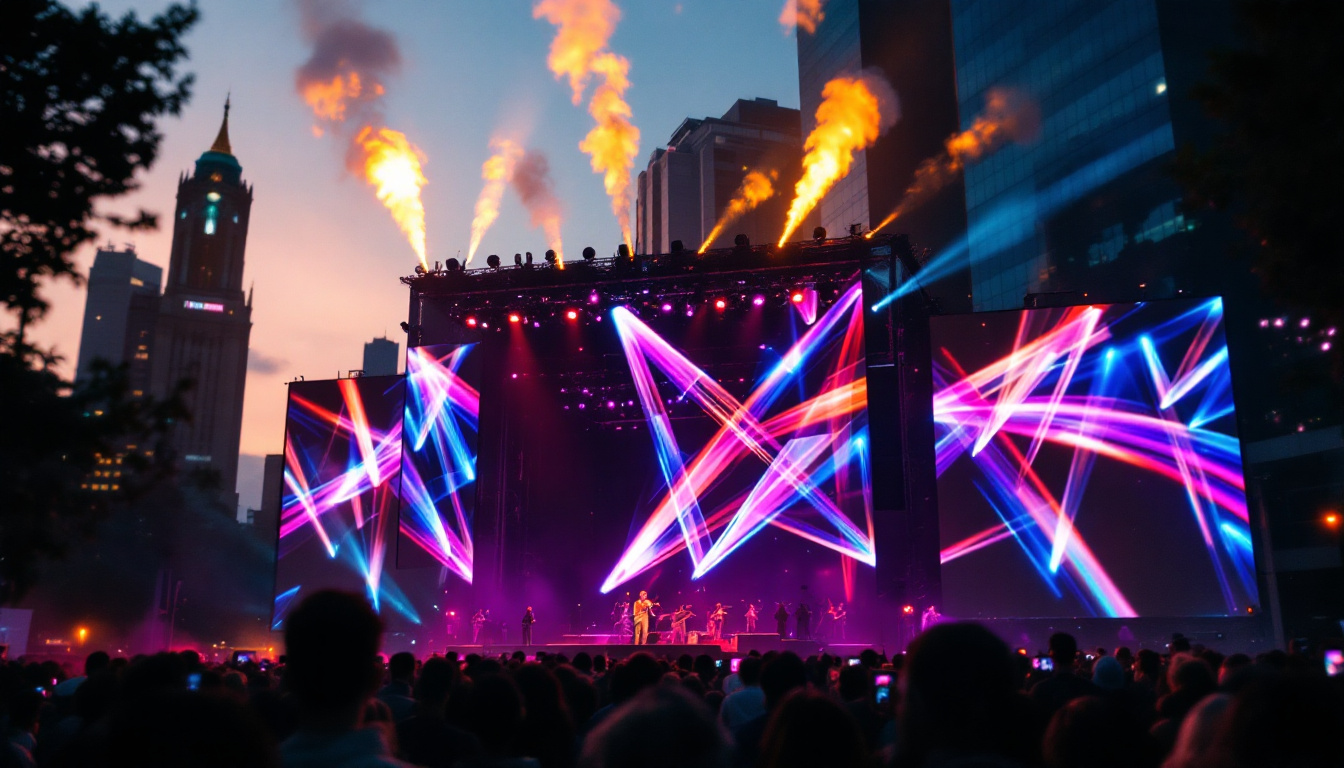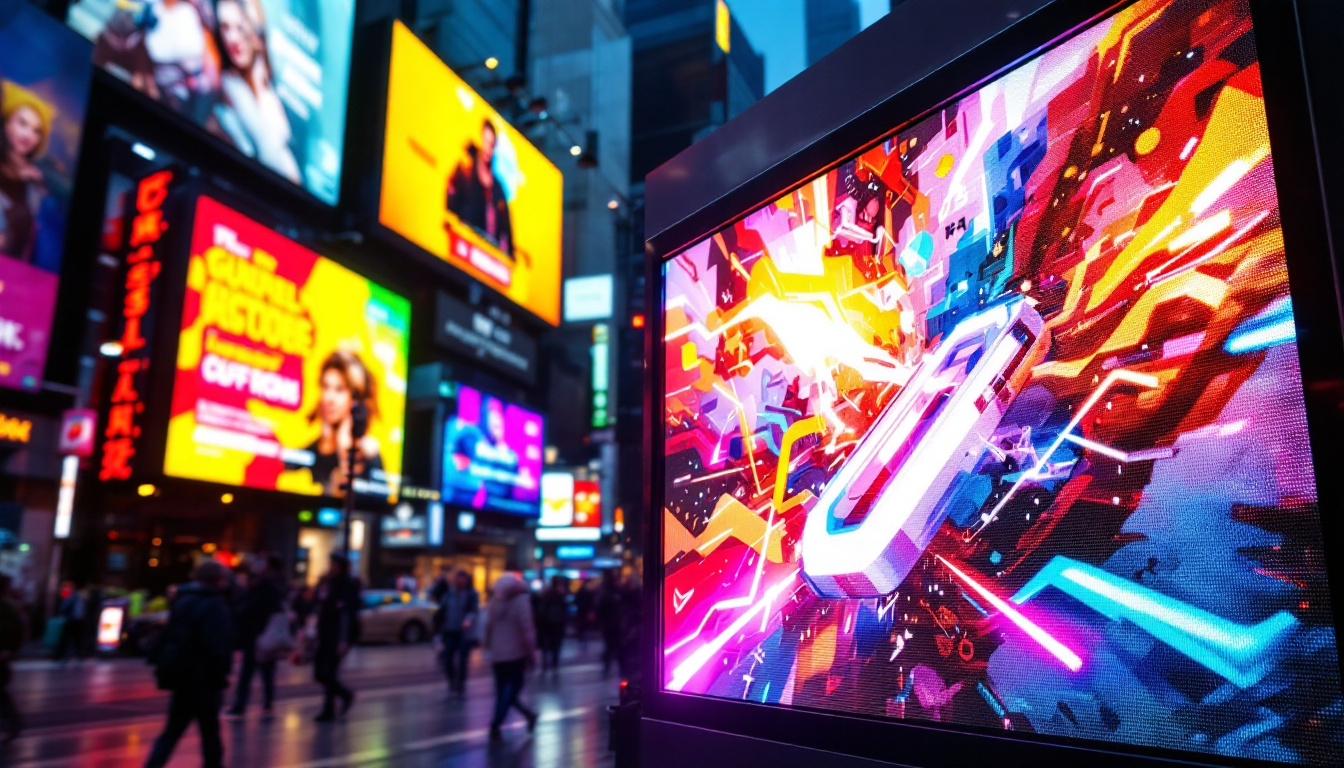In the realm of sports and events, the digital scoreboard has become an indispensable tool for enhancing the spectator experience. With the advent of LED technology, these scoreboards have evolved significantly, offering vibrant displays, real-time updates, and a multitude of features that cater to both players and fans alike. This article delves into the intricacies of LED displays in digital scoreboards, exploring their functionality, advantages, and the technology behind them.
The Evolution of Scoreboards
Scoreboards have been a part of sporting events for centuries, originally designed to convey basic information such as scores and time. The transition from mechanical to electronic scoreboards marked a significant advancement, but it was the introduction of LED technology that truly revolutionized the industry.
The Shift from Mechanical to Digital
Mechanical scoreboards, often operated manually, were limited in their capabilities. They could display only basic information and required constant attention from scorekeepers. The introduction of electronic scoreboards in the late 20th century allowed for automatic updates and more complex data display, such as player statistics and game highlights.
However, it was the development of LED technology that enabled scoreboards to become more dynamic. LED displays are capable of showing bright, colorful graphics and text, making them more engaging for spectators. This shift not only improved visibility but also allowed for real-time updates, enhancing the overall experience for fans.
Understanding LED Technology
LED, or Light Emitting Diode, technology is at the heart of modern digital scoreboards. Unlike traditional LCD displays, which rely on backlighting and liquid crystals, LEDs emit light directly, resulting in brighter and more vibrant displays. This technology has several advantages that make it ideal for use in scoreboards.
One of the key benefits of LED displays is their energy efficiency. They consume less power than traditional lighting systems, which is particularly important for large-scale installations that operate for extended periods. Additionally, LED displays have a longer lifespan, reducing maintenance costs and the need for frequent replacements.
Features of Digital Scoreboards
Modern digital scoreboards are equipped with a variety of features that enhance their functionality and usability. From customizable displays to integration with other technologies, these features cater to the diverse needs of sporting events.
Customizable Displays
One of the standout features of digital scoreboards is their ability to be customized. Event organizers can tailor the display to showcase specific information, such as team logos, player statistics, and advertisements. This customization not only enhances the visual appeal but also allows for targeted messaging to the audience.
Moreover, many digital scoreboards come with software that enables easy updates and changes to the display content. This flexibility is particularly useful during events with multiple games or competitions, where different information needs to be showcased quickly and efficiently.
Real-Time Data Integration
Digital scoreboards can integrate with various data sources to provide real-time updates. This capability is essential for sports where scores, player statistics, and game clock information need to be displayed instantly. By connecting to official scoring systems, digital scoreboards can ensure that the information presented is accurate and up-to-date.
Additionally, some scoreboards can display live feeds from cameras, allowing fans to see highlights or replays directly on the scoreboard. This feature adds an extra layer of excitement to the event, keeping spectators engaged and informed.
Multimedia Capabilities
With advancements in technology, digital scoreboards have evolved beyond mere scorekeeping. Many modern scoreboards now feature multimedia capabilities, allowing for the display of videos, animations, and graphics. This transformation has made scoreboards a central part of the entertainment experience at sporting events.
Multimedia displays can be used for various purposes, such as showcasing player introductions, highlighting key moments in the game, or even broadcasting advertisements. This versatility not only enhances the spectator experience but also provides additional revenue opportunities for event organizers through advertising.
The Benefits of LED Scoreboards
The advantages of LED scoreboards extend beyond their aesthetic appeal. They offer numerous benefits that contribute to the overall success of sporting events and enhance the experience for both players and spectators.
Enhanced Visibility
One of the most significant benefits of LED technology is its superior visibility. LED displays are bright and clear, making them easily readable from a distance, even in bright daylight. This is particularly important for outdoor sporting events where sunlight can wash out traditional displays.
The high contrast and vibrant colors of LED screens ensure that spectators can easily follow the action, regardless of their seating position. This enhanced visibility contributes to a more enjoyable experience for fans, as they can stay informed about the game without straining to see the scoreboard.
Increased Engagement
Digital scoreboards with multimedia capabilities can significantly increase audience engagement. By incorporating videos, animations, and interactive content, event organizers can capture the attention of spectators and keep them entertained throughout the event.
Engagement can also be enhanced through social media integration, where fans can see their posts displayed on the scoreboard in real-time. This interaction fosters a sense of community among spectators and encourages them to participate actively in the event.
Cost-Effectiveness
While the initial investment in LED scoreboards can be substantial, their long-term cost-effectiveness cannot be overlooked. LED displays have a longer lifespan than traditional scoreboards, resulting in lower maintenance and replacement costs over time.
Moreover, the energy efficiency of LED technology translates to reduced electricity costs, making them a more sustainable option for sports facilities. The ability to display advertisements and sponsorships also provides an additional revenue stream, helping to offset the initial investment.
Applications of LED Scoreboards
LED scoreboards are not limited to traditional sports; their applications extend to various fields, including educational institutions, entertainment venues, and corporate events. This versatility showcases the adaptability of LED technology in meeting diverse needs.
Sports Venues
In sports venues, LED scoreboards are used to display scores, player statistics, and game information. They are commonly found in stadiums, arenas, and sports complexes, providing essential information to fans and enhancing the overall atmosphere of the event.
Whether it’s a high school football game or a professional basketball match, LED scoreboards play a crucial role in keeping spectators informed and engaged. Their ability to display real-time updates and multimedia content makes them a vital component of the modern sports experience.
Educational Institutions
Many educational institutions have adopted LED scoreboards for their athletic programs. These scoreboards not only serve to keep track of scores during games but also provide a platform for showcasing school spirit and community involvement.
In addition to sports, LED displays can be used for announcements, event promotions, and even educational content. This multifunctionality makes them a valuable asset for schools looking to enhance their facilities and engage students and parents alike.
Corporate Events and Entertainment
Beyond sports, LED scoreboards are increasingly used in corporate events, concerts, and entertainment venues. They can display schedules, speaker information, and promotional content, ensuring that attendees remain informed and engaged throughout the event.
In concerts, LED displays can enhance the visual experience, providing stunning graphics and video content that complement the performance. This versatility allows event organizers to create a more immersive experience for their audience, regardless of the type of event.
Choosing the Right LED Scoreboard
When selecting an LED scoreboard, several factors should be considered to ensure it meets the specific needs of the venue and event. Understanding these factors can help organizations make informed decisions and invest in the right technology.
Size and Resolution
The size and resolution of the scoreboard are critical factors that influence visibility and overall effectiveness. Larger scoreboards with higher resolutions are ideal for stadiums and arenas, where spectators may be seated far from the display.
Conversely, smaller venues may require less expansive displays. It’s essential to assess the viewing distance and audience size to determine the appropriate dimensions and resolution for the scoreboard.
Functionality and Features
Different venues have varying requirements for functionality and features. Some may prioritize basic scorekeeping, while others may require advanced multimedia capabilities and real-time data integration.
Organizations should evaluate their specific needs and consider how the scoreboard will be used during events. This assessment will help in selecting a model that aligns with the intended purpose and enhances the overall experience.
Budget Considerations
Budget is a significant factor when investing in LED scoreboards. While it’s important to consider the initial cost, organizations should also factor in long-term maintenance and operational expenses. Investing in a high-quality scoreboard may yield better returns in terms of durability and functionality.
Additionally, exploring financing options or sponsorship opportunities can help alleviate the financial burden. Many organizations find that the benefits of a digital scoreboard far outweigh the costs, especially when considering potential revenue from advertising and increased fan engagement.
The Future of LED Scoreboards
The future of LED scoreboards looks promising, with continuous advancements in technology paving the way for even more innovative features and capabilities. As the demand for enhanced spectator experiences grows, so too will the evolution of digital scoreboards.
Integration with Smart Technology
As smart technology becomes more prevalent, the integration of LED scoreboards with smart systems is likely to increase. This could include features such as automated updates based on game data, enhanced interactivity with fans through mobile apps, and even augmented reality experiences.
Such advancements could transform the way spectators interact with scoreboards, making the experience more immersive and engaging. The potential for real-time data analytics could also provide valuable insights for teams and event organizers, enhancing decision-making processes.
Environmental Considerations
With growing awareness of environmental issues, the future of LED scoreboards will likely focus on sustainability. Manufacturers may prioritize eco-friendly materials and energy-efficient technologies to reduce the carbon footprint of these displays.
Additionally, recycling programs for old scoreboards and components could become more common, promoting responsible disposal and minimizing waste. As organizations strive to become more environmentally conscious, sustainable practices in scoreboard technology will play a crucial role.
Enhanced User Experience
The user experience will continue to be a focal point in the development of LED scoreboards. As technology advances, the ability to create personalized and interactive experiences for fans will become increasingly important.
From customizable content to interactive features that allow fans to participate in games and events, the future of LED scoreboards promises to be more engaging than ever. This evolution will not only enhance the spectator experience but also contribute to the overall success of sporting events and entertainment venues.
Conclusion
Digital scoreboards equipped with LED technology have transformed the way scores and information are displayed at sporting events and beyond. Their vibrant displays, real-time data integration, and multimedia capabilities enhance the experience for both spectators and participants. As technology continues to evolve, the future of LED scoreboards holds exciting possibilities that promise to further enrich the world of sports and entertainment.
Investing in a digital scoreboard is not just about keeping score; it’s about creating an engaging environment that captivates audiences and enhances the overall experience. With the right features and technology, LED scoreboards can become a central part of any event, leaving a lasting impression on fans and participants alike.
Illuminate Your Events with LumenMatrix
Ready to elevate your event’s atmosphere and engage your audience like never before? Discover LumenMatrix’s innovative LED display solutions tailored to your unique needs. From vibrant Indoor and Outdoor LED Wall Displays to dynamic LED Sports Displays and beyond, LumenMatrix is committed to revolutionizing visual communication. Don’t just keep score—create a mesmerizing environment that leaves a lasting impression. Check out LumenMatrix LED Display Solutions today and transform your space into a captivating visual experience.

